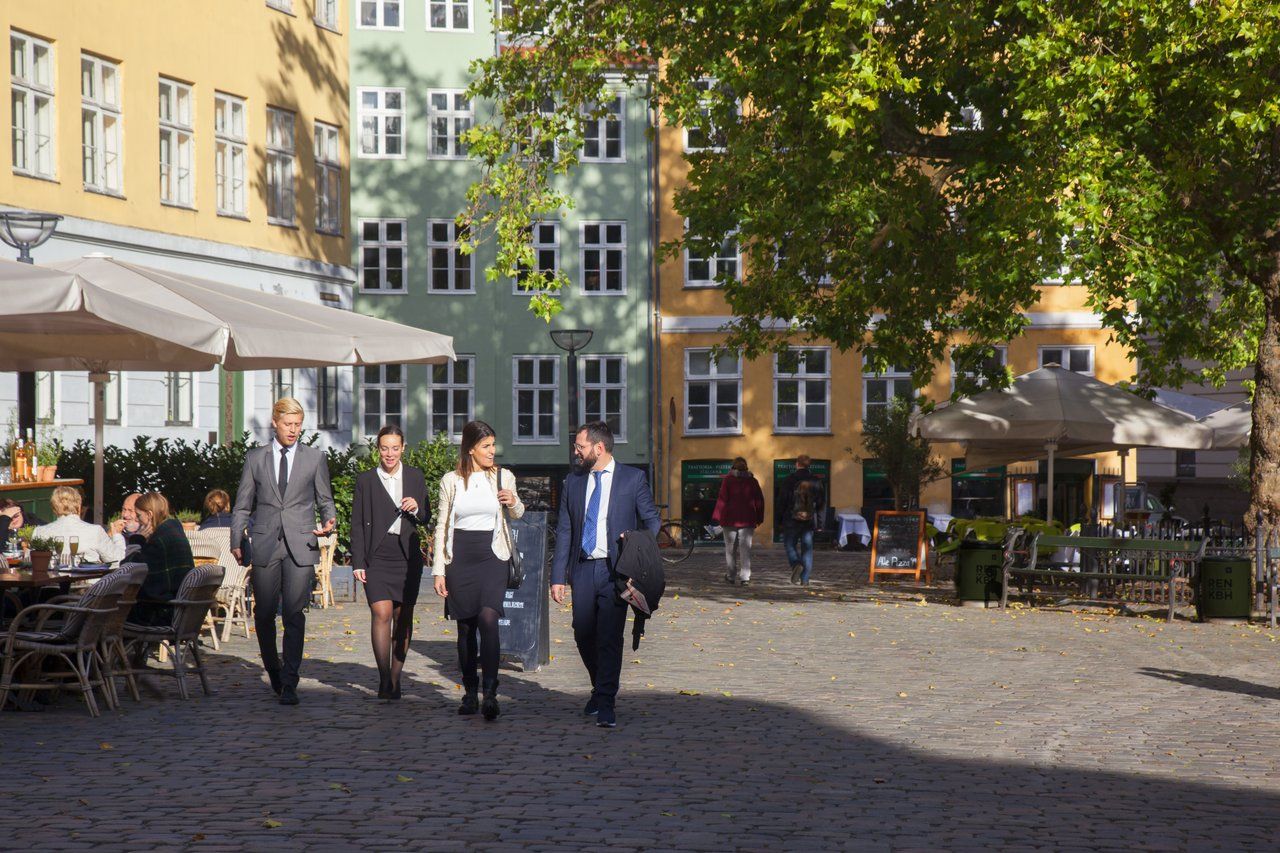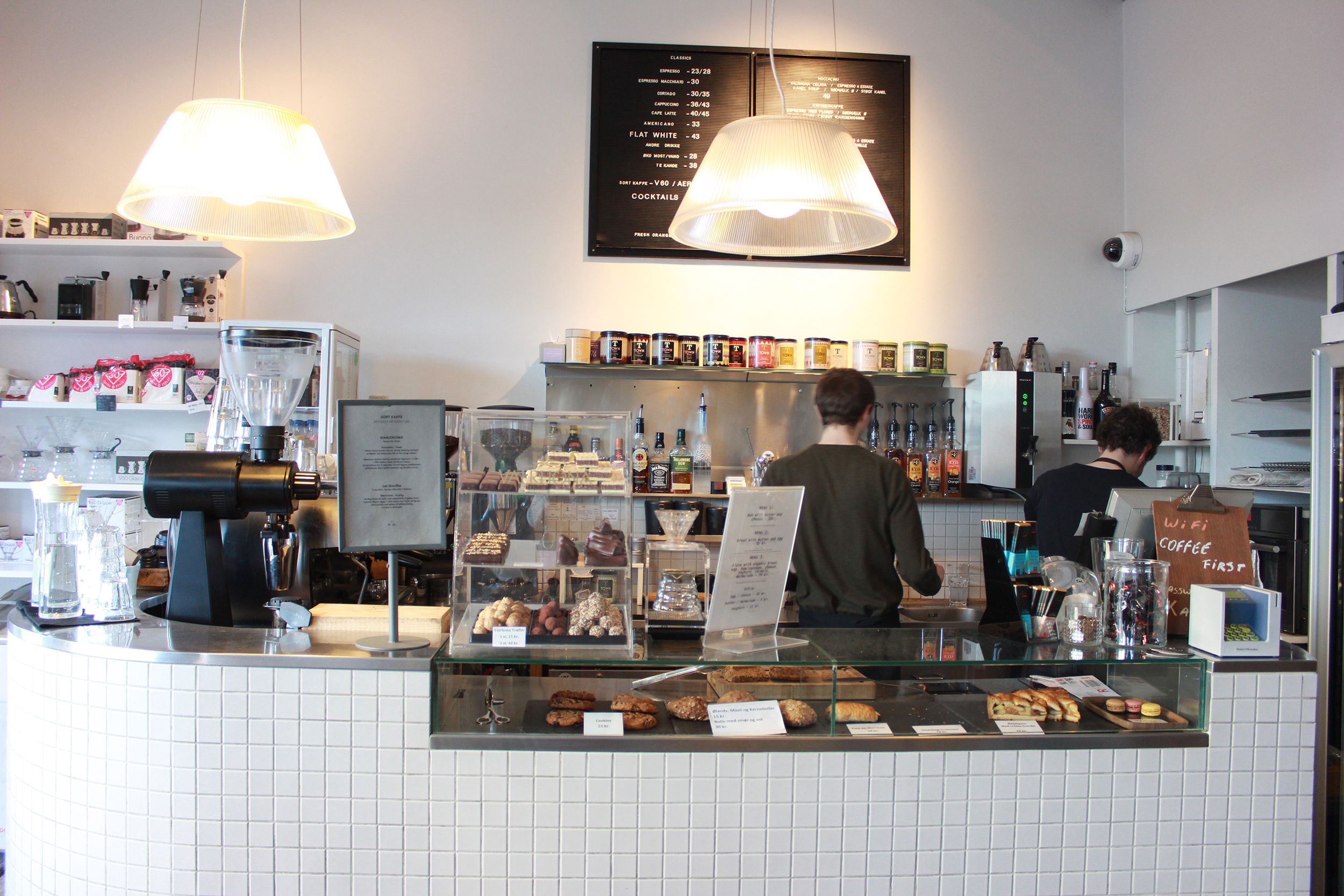Plans to replace Europe’s oldest waste-to-energy power plant, Amagerforbrænding, have been revived.
The 40-year-old plant was to be replaced by a state-of-the-art facility designed by the award-winning Bjarke Ingels Group (B.I.G.). They envisioned the new 90-metre-tall 'Amager Bakke', or Amager Hill, wrapped with an outdoor ski slope and fitted with a chimney that would blow an enormous smoke ring for every tonne of CO2 the plant produced.
But last December, the council withdrew its 2.5 billion kroner loan guarantee, over dissatisfaction with Amagerforbrænding's demand to increase the trash burning capacity of the new plant to 70 tonnes an hour, compared to 60 tonnes an hour in the original plant. This would significantly increase the city's CO2 emissions that the city has committed to slashing 20 percent by 2015.
But after secret negotiations between Amagerforbrænding and the council, the replacement plant now looks set to become a reality after a compromise was struck on the new plant's burning capacity.
The new trash-burning oven will now remain the same size as the old one, though the use of new modern technology will allow it to burn more cleanly than before, according to Mayor Frank Jensen (Socialdemokraterne).
“The facility will be one of the world’s most environmentally friendly burning facilities and create a platform for world class Danish environmental technology,” Jensen wrote in a press release. “It will contribute to exports and green growth.”
Jensen added that the facility would create 4,600 new jobs and while he did not specify where these jobs would be created, Politiken newspaper today wrote that Esbjerg-based Babcock & Wilcox Vølund was awarded the one billion kroner contract to build the new oven.
The new plant will cost four billion kroner though it is uncertain whether this includes the cost for B.I.G.’s ski slope.
The decision to push ahead with the power plant was criticised by the environmental organisation Danmarks Naturfredningsforening (DN), who instead wanted a smaller facility to be built in order to allow more of the city’s trash to be recycled instead of burned.
“It is very surprising,” DN's spokesperson Christian Poll told public broadcaster DR. “We were given the impression that the powers that be had seen the light and were prepared to develop the region in the right direction toward recycling and reuse. Now it looks like we’re getting a burning facility that commits us to continue burning.”













